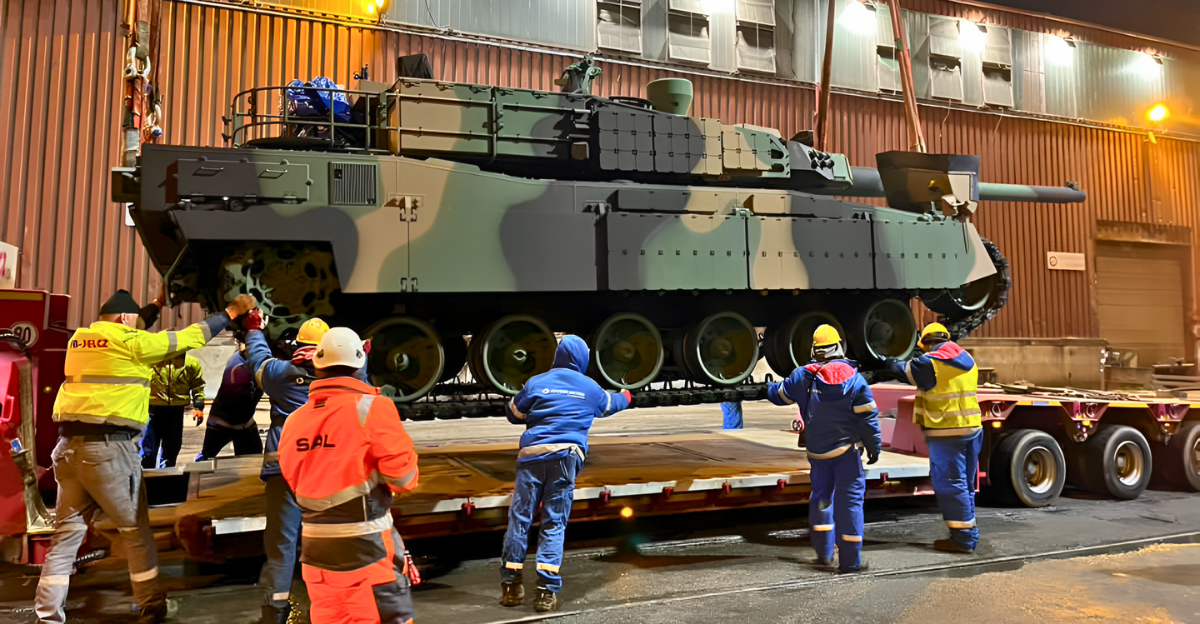
For the first time since the Cold War, European nations have launched the biggest defense spending increase. Over the last four years, combined military budgets have increased by 30%, with NATO nations now collectively spending €326 billion per year on defense.
This marks a historic acceleration in military investment across Europe’s security infrastructure.
Spending Stakes

Poland leads the pack, with 4.12% of its GDP dedicated to defense spending in 2024. Germany is close behind, with €90.6 billion in defense expenditures, driven by its €100 billion special defense fund.
Meanwhile, France committed €59.6 billion toward the enhancement of military capabilities.
Historical Context

For decades following the end of the Cold War, military budgets shrank as countries focused on peacekeeping operations rather than military spending.
The 2014 Russian annexation of Crimea marked the beginning of renewed military investment, but the scale remained limited compared to current mobilization efforts.
Mounting Pressure

Russia’s military spending has reached historic highs in the last ten years, doubling since 2015 at €149 billion in 2024, representing 7.1% of GDP. China has also announced an increase of 7.2% to €220 billion.
Global military spending increased 9.4% to over $2.7 trillion in 2024, with Europe contributing 17% growth to reach unprecedented levels of defense investment.
Historic Commitment
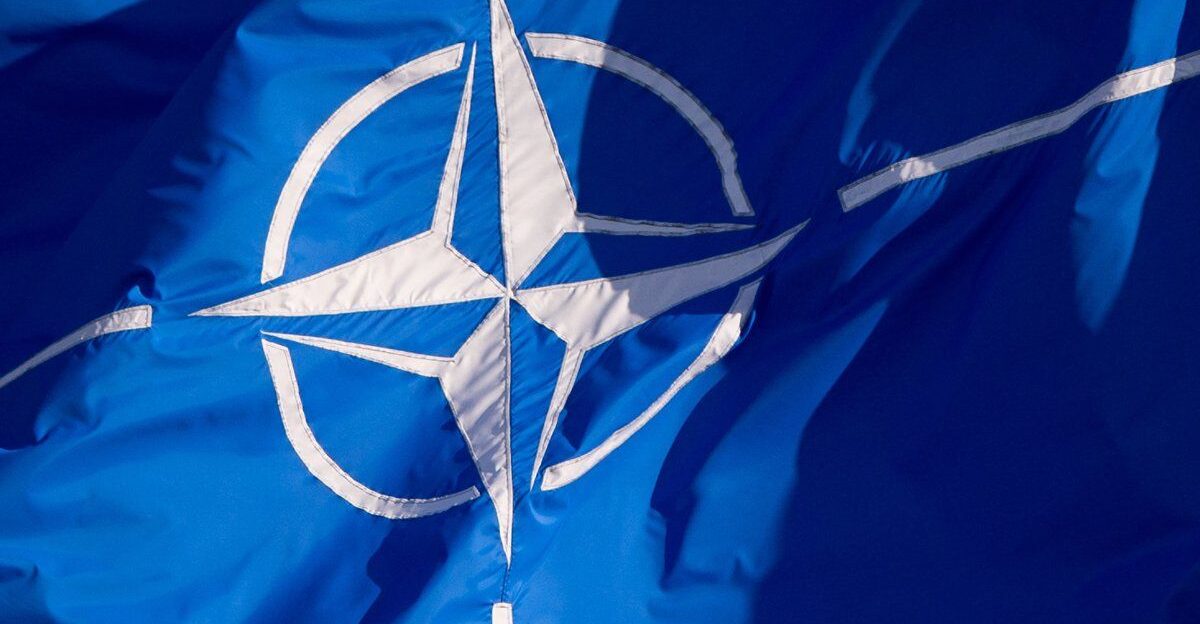
In June 2025, NATO allies formally agreed to increase military spending from 2% to 5% of GDP by over the next ten years, more than doubling current military expenditures across member states.
The landmark commitment includes 3.5% for core defense requirements and 1.5% for security-related infrastructure investments, marking the alliance’s most ambitious spending target in its 75-year history.
Regional Impact
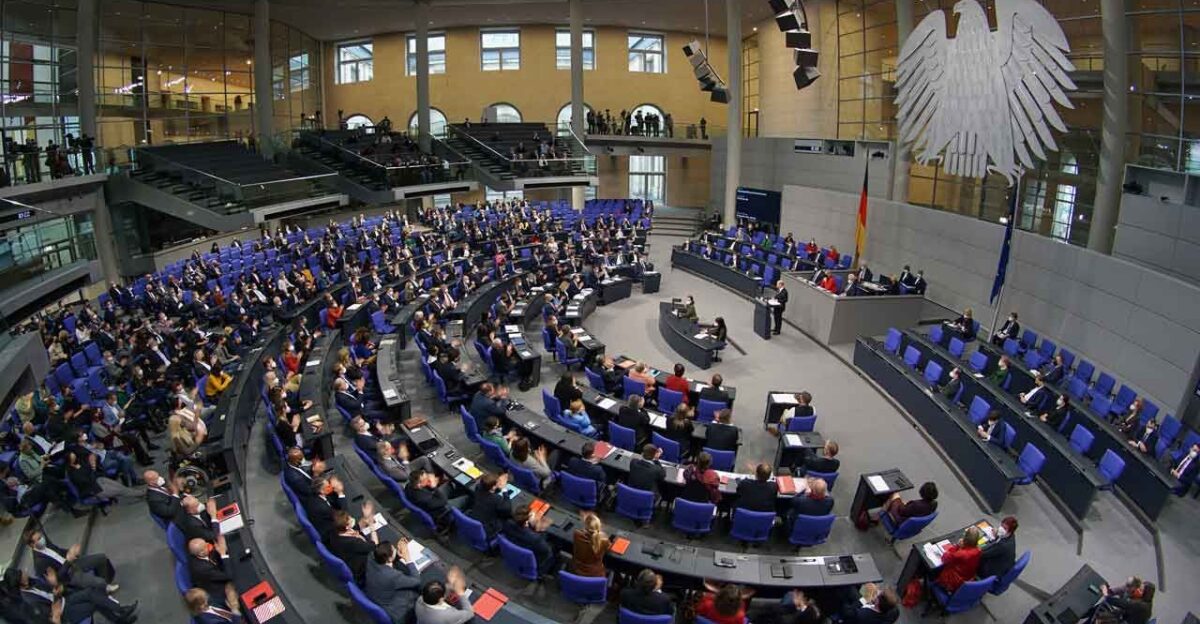
German lawmakers approved a historic constitutional amendment three months before in March 2025, exempting defense spending beyond 1% of GDP from debt limits, enabling a €500 billion defense fund.
Meanwhile, Italy plans to double its military spending over four years, while Spain is committed to reaching the 2% NATO target by 2025 despite previous budget stagnation.
Statements From Nations

“We’re witnessing the birth of a new NATO, which means a more balanced NATO,” said Finnish President Alexander Stubb regarding the unprecedented defense spending commitment.
NATO Secretary-General Mark Rutte characterized the 5% target as “a quantum leap that is ambitious, historic, and fundamental to securing our future.”
Technology Race
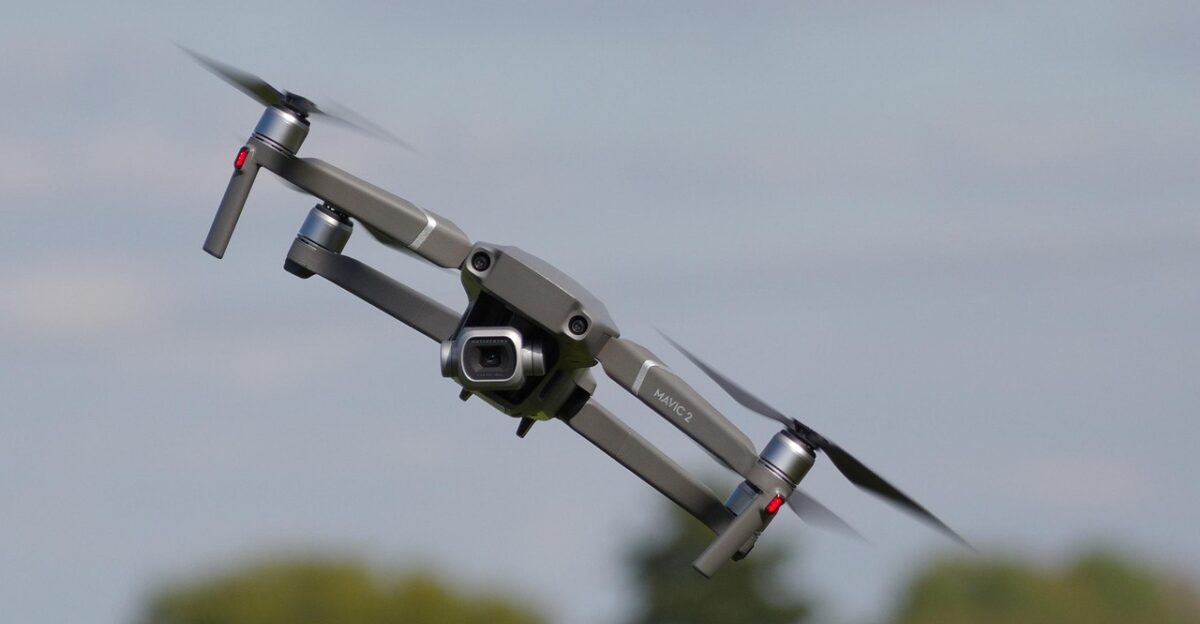
As defense budgets surge, European defense companies rapidly expand new AI and drone technology, with the EU drone market projected to grow from €4.56 billion to €45.96 billion by 2030.
Major contractors, including Rheinmetall, Thales, and Leonardo, are securing increased orders for autonomous systems, quantum computing applications, and cybersecurity infrastructure across multiple member states.
Industry Transformation
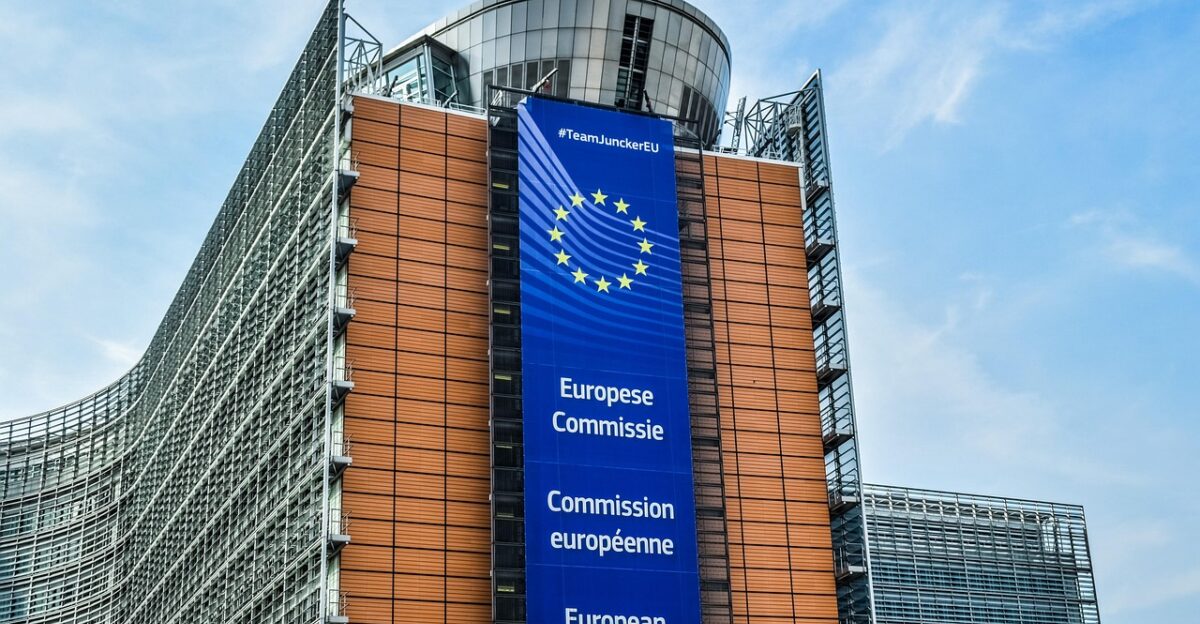
The European Commission’s ReArm Europe Plan aims to mobilize €800 billion in defense investments by 2030, requiring 65% of procurement costs to originate from EU, Norwegian, or Ukrainian suppliers.
This represents a fundamental shift toward European defense self-sufficiency and reduced dependence on external military equipment providers.
Quantum Breakthrough

Finland will lead the EU’s new Quantum Enablers for Strategic Advantage (QUEST) project, which will develop quantum technologies for military encryption-breaking, positioning systems, and missile defense applications.
The initiative includes Germany, Denmark, Latvia, and Italy as partners, representing Europe’s first major quantum defense collaboration, which aims to achieve battlefield-ready capabilities by 2030.
Implementation Challenges

Defense experts warn that European nations, particularly countries with higher debt levels like France and Belgium, face significant budget pressures to meet ambitious spending targets.
Political divisions emerge as leaders confront tough decisions between defense priorities and social spending, raising questions about the long-term sustainability of military investment commitments.
Industrial Consolidation

European defense manufacturers are pursuing strategic partnerships and facility expansions to meet increased demand, with Rheinmetall converting automotive plants for military production.
The German-French joint venture KNDS acquired manufacturing facilities for military vehicles, while Türkiye’s Baykar partnered with Italy’s Leonardo for drone production, signaling major industrial restructuring.
Recovery Strategy
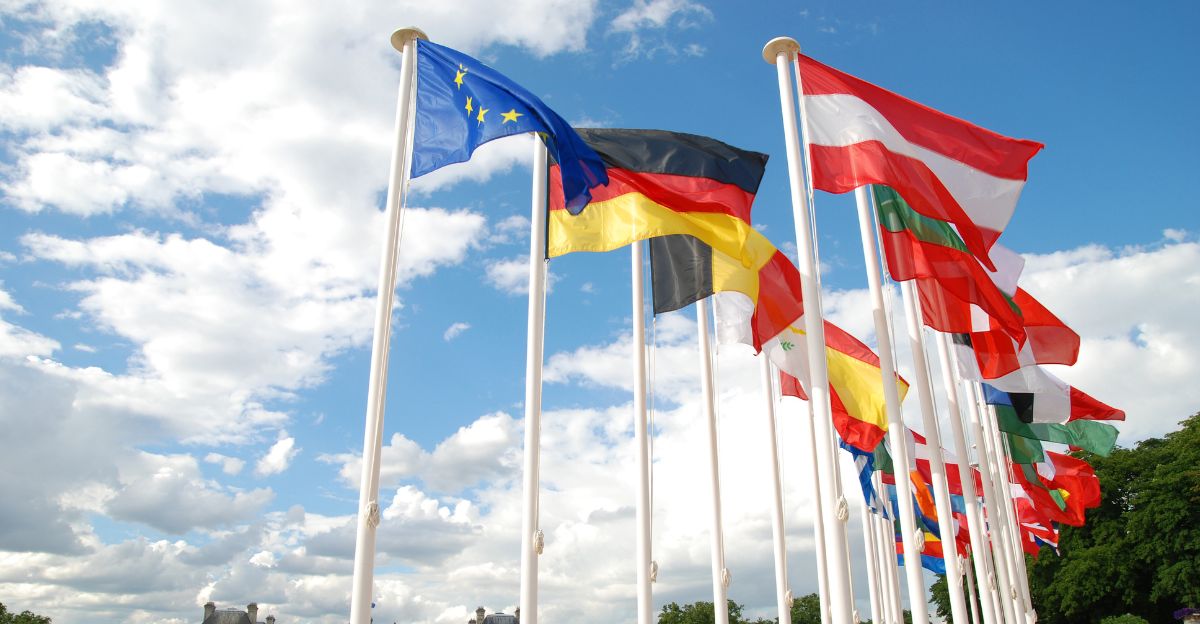
The European Defence Industrial Strategy mandates that EU countries procure at least 50% of defense equipment from European suppliers by 2030, rising to 60% by 2035.
Collaborative procurement must reach 40% of total defense spending by 2030, compared to current levels of 18%, requiring unprecedented coordination among member states.
Expert Assessment
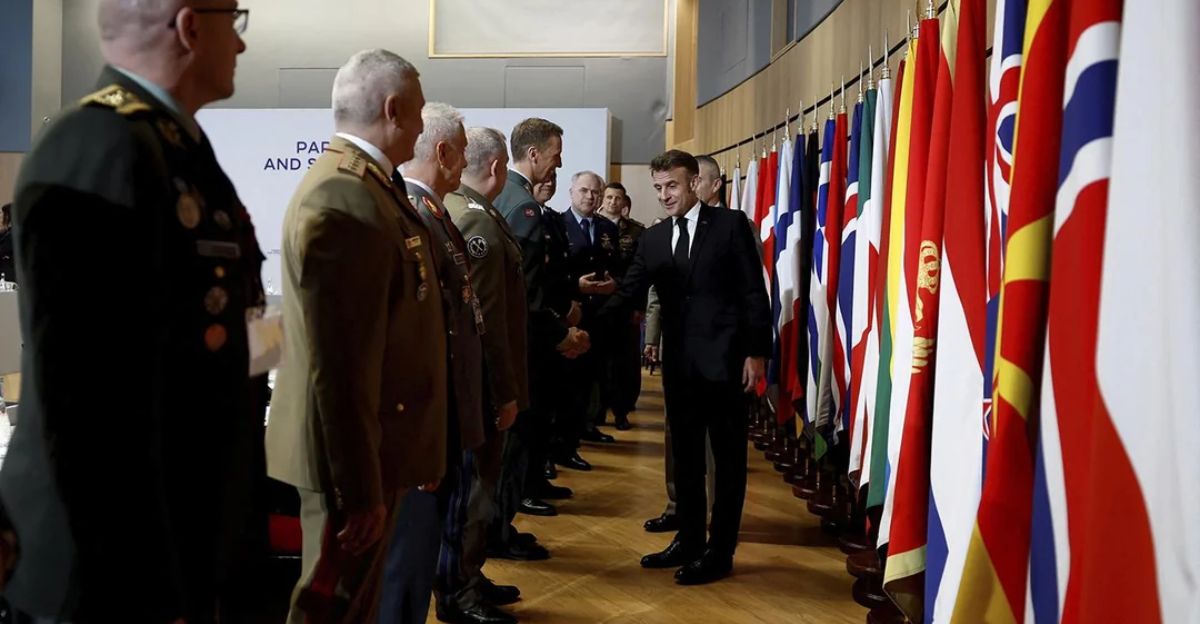
Defense analysts express skepticism about whether European industry can absorb the projected €800 billion investment, with realistic estimates ranging from €150 to 200 billion over multiple years.
Industry experts argue that successful implementation depends on sustained government orders and coordinated procurement strategies rather than funding availability alone.
Future Trajectory

European defense transformation extends beyond traditional military capabilities, encompassing cybersecurity, space technology, and artificial intelligence integration across all domains.
The convergence of civilian and military technologies positions Europe’s defense modernization as a catalyst for broader technological sovereignty and economic competitiveness through 2035.
Political Dimensions

The defense spending surge reflects broader geopolitical realignment as European leaders recognize the need for strategic autonomy amid changing transatlantic relationships.
National security considerations now drive domestic policy decisions, with defense investment becoming a central pillar of European sovereignty and resilience planning.
International Ripples
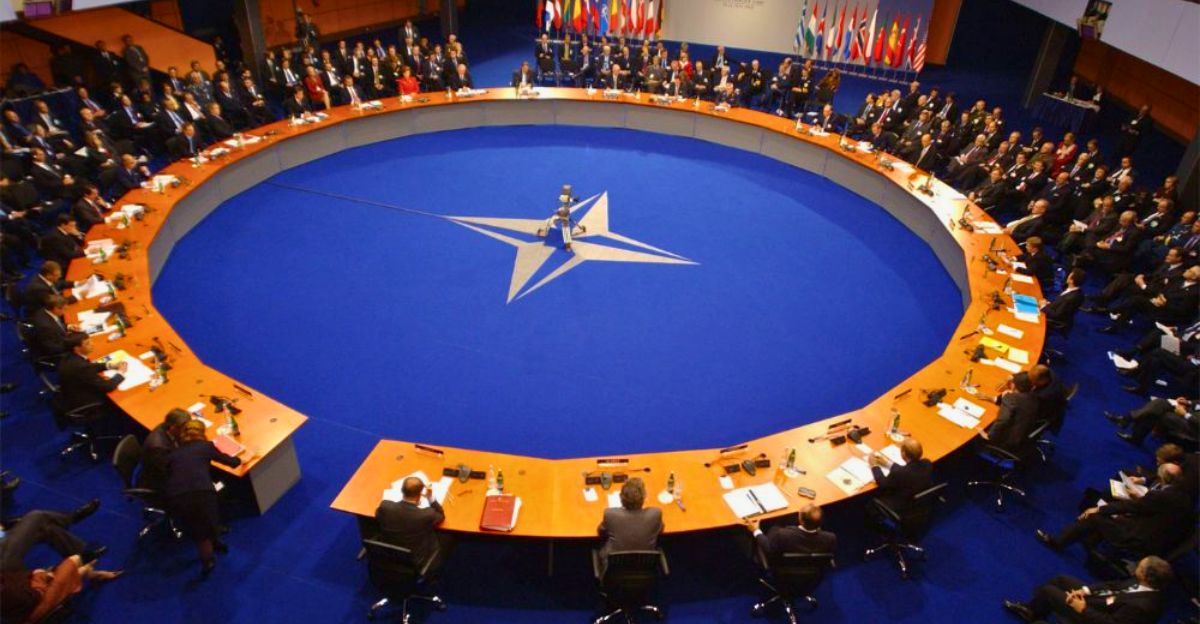
Europe’s defense modernization is reshaping global military markets and alliance structures, potentially reducing American defense industry dominance in traditional European markets.
The emphasis on European-first procurement could alter transatlantic defense cooperation patterns and influence NATO interoperability standards for decades.
Cyber Integration
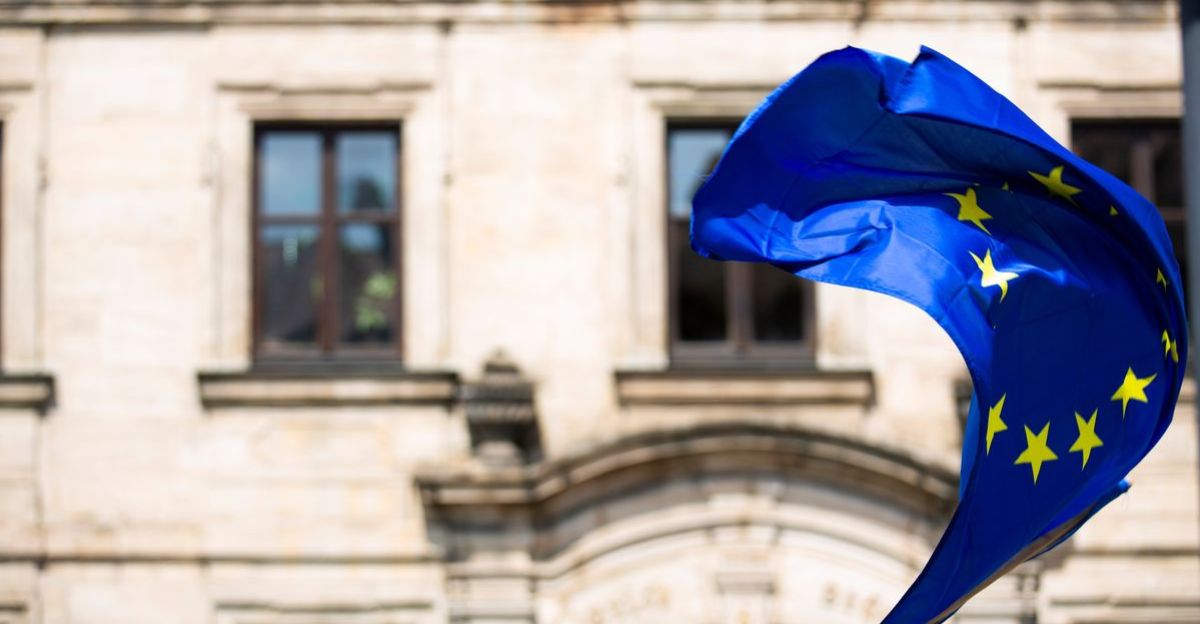
European cybersecurity investment receives €3.5 billion dedicated funding under the ReArm Europe initiative, addressing hybrid warfare threats and critical infrastructure protection.
The EU’s cyber defense strategy recognizes that modern security requires unified response capabilities spanning physical and digital domains simultaneously.
Societal Implications

Public opinion across Europe remains mixed regarding massive defense spending increases, which could create potential challenges for sustained political support if perceived security threats diminish.
The balance between military investment and social expenditures represents a defining tension in European politics as democratic societies navigate security imperatives.
Transformation Reality
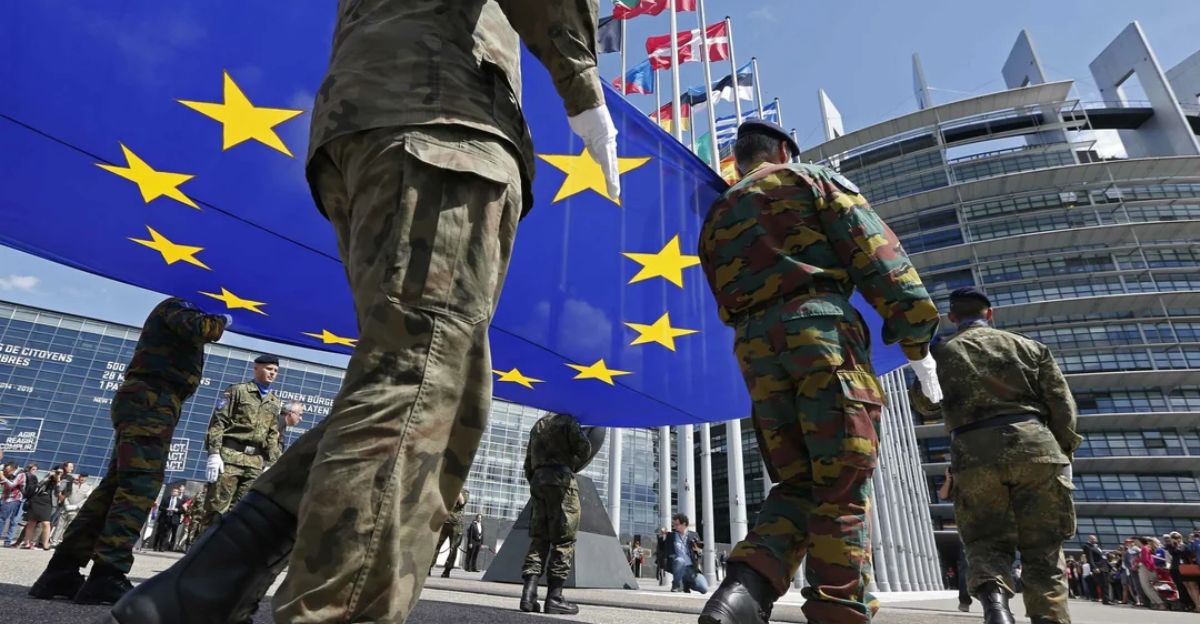
Europe’s defense modernization represents more than military spending increases—it signals a fundamental shift toward technological sovereignty, industrial resilience, and strategic autonomy.
This transformation will define European security architecture for the next generation, establishing new paradigms for alliance cooperation and continental defense capabilities.